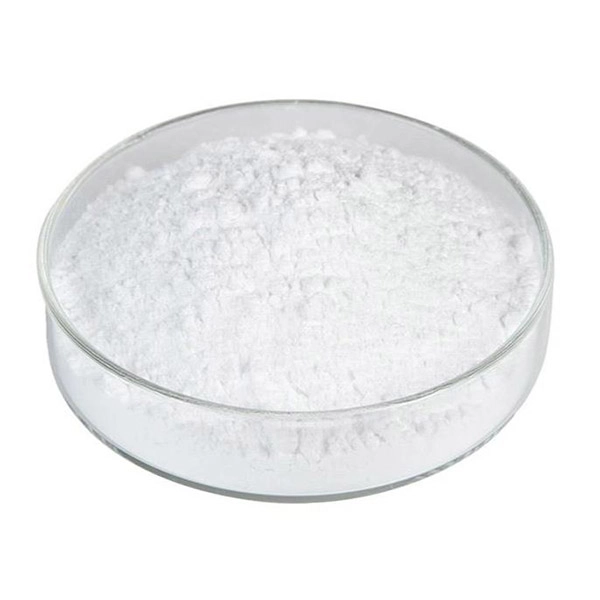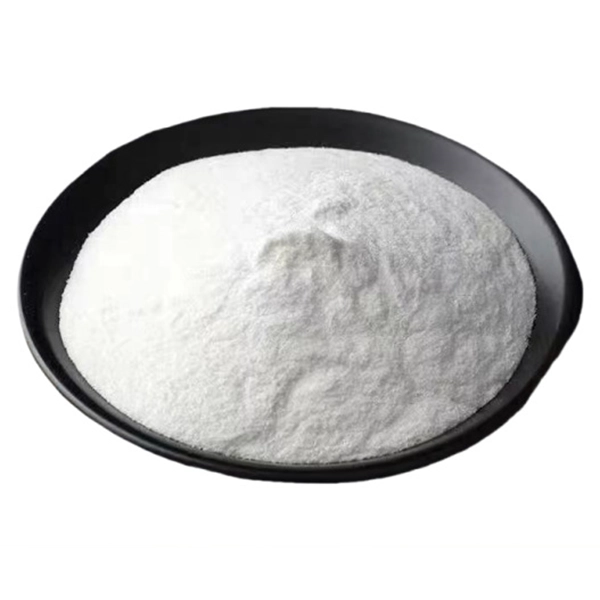+86-15212299029
- All
- Product Name
- Product Keyword
- Product Model
- Product Summary
- Product Description
- Multi Field Search
Views: 220 Author: tcchems Publish Time: 2025-10-30 Origin: Site











Content Menu
● Understanding Tranexamic Acid
>> How Does Tranexamic Acid Work?
● The Role of Exfoliants in Skincare
● Is Tranexamic Acid an Exfoliant?
>> The Exfoliating Properties of Tranexamic Acid
>> Comparing Tranexamic Acid to Traditional Exfoliants
● Benefits of Tranexamic Acid in Skincare
>> Enhancing the Effects of Other Ingredients
● How to Incorporate Tranexamic Acid into Your Skincare Routine
● Potential Side Effects of Tranexamic Acid
Tranexamic acid has gained popularity in the skincare world, particularly for its ability to address hyperpigmentation and melasma. However, many people wonder whether it can also be classified as an exfoliant. In this article, we will explore the properties of tranexamic acid, its role in skincare, and how it compares to traditional exfoliants.

Tranexamic acid is a synthetic derivative of the amino acid lysine. It is primarily used in medicine to reduce excessive bleeding by inhibiting the breakdown of fibrin, a protein involved in blood clotting. In recent years, it has been recognized for its benefits in dermatology, particularly in treating skin discoloration.
Tranexamic acid works by inhibiting the interaction between melanocytes (the cells that produce melanin) and keratinocytes (the predominant cell type in the outer layer of the skin). By doing so, it helps to reduce the production of melanin, which can lead to a more even skin tone. This mechanism is particularly beneficial for individuals suffering from melasma, post-inflammatory hyperpigmentation, and other forms of skin discoloration.
Exfoliants are substances that help to remove dead skin cells from the surface of the skin. This process can improve skin texture, promote cell turnover, and enhance the overall appearance of the skin. Exfoliants can be categorized into two main types: physical and chemical.
Physical exfoliants include scrubs, brushes, and other tools that physically slough off dead skin cells. They often contain granules or particles that provide a scrubbing action. While effective, they can sometimes cause micro-tears in the skin if used too aggressively.
Chemical exfoliants use acids or enzymes to dissolve the bonds between dead skin cells, allowing them to be easily removed. Common chemical exfoliants include alpha hydroxy acids (AHAs) like glycolic acid and beta hydroxy acids (BHAs) like salicylic acid. These exfoliants can penetrate the skin more deeply than physical exfoliants and are often gentler on the skin.
While tranexamic acid is not classified as a traditional exfoliant, it does have some properties that can contribute to a brighter and more even skin tone. Unlike AHAs and BHAs, tranexamic acid does not physically or chemically exfoliate the skin in the same way. Instead, it works by addressing the underlying causes of hyperpigmentation.
When comparing tranexamic acid to traditional exfoliants, it is essential to understand their different mechanisms of action. Traditional exfoliants focus on removing dead skin cells, while tranexamic acid targets the production of melanin. Therefore, while tranexamic acid can enhance the effects of exfoliation by promoting a more even skin tone, it does not replace the need for exfoliants in a skincare routine.
One of the primary benefits of tranexamic acid is its ability to reduce hyperpigmentation. It is particularly effective for individuals with melasma, as it can help to lighten dark patches and promote a more uniform complexion.
While tranexamic acid is not an exfoliant, it can still contribute to improved skin texture. By reducing pigmentation and promoting an even skin tone, the overall appearance of the skin can become smoother and more refined.
Tranexamic acid can work synergistically with other skincare ingredients, such as exfoliants and brightening agents. When used in conjunction with AHAs or BHAs, it can enhance their effectiveness in promoting a brighter complexion.
When looking for a tranexamic acid product, it is essential to choose one that is formulated for your skin type. Many serums and creams contain tranexamic acid in concentrations ranging from 2% to 5%. Start with a lower concentration if you have sensitive skin.
To incorporate tranexamic acid into your routine, apply it after cleansing and before moisturizing. It can be used both in the morning and evening. If you are using other active ingredients, such as retinoids or exfoliants, consider alternating their use to avoid irritation.
As with any new skincare product, it is crucial to perform a patch test before full application. Apply a small amount of the product to a discreet area of skin and monitor for any adverse reactions.
While tranexamic acid is generally well-tolerated, some individuals may experience mild irritation, redness, or dryness. If you notice any of these symptoms, consider reducing the frequency of use or consulting a dermatologist.
In rare cases, individuals may have an allergic reaction to tranexamic acid. Symptoms may include itching, swelling, or hives. If you experience any severe reactions, discontinue use immediately and seek medical attention.
In summary, tranexamic acid is not an exfoliant in the traditional sense, but it offers significant benefits for those dealing with hyperpigmentation and uneven skin tone. By understanding its unique properties and how it works in conjunction with other skincare ingredients, you can effectively incorporate tranexamic acid into your routine for a brighter, more even complexion.

1. What is the primary use of tranexamic acid in skincare?
Tranexamic acid is primarily used to reduce hyperpigmentation and melasma by inhibiting melanin production.
2. Can tranexamic acid be used with other exfoliants?
Yes, tranexamic acid can be used alongside exfoliants like AHAs and BHAs to enhance their effects on skin tone.
3. Is tranexamic acid suitable for all skin types?
Tranexamic acid is generally suitable for most skin types, but those with sensitive skin should start with lower concentrations.
4. How often should I use tranexamic acid?
It can be used daily, but if you experience irritation, consider using it every other day or as directed by a dermatologist.
5. Are there any side effects associated with tranexamic acid?
Some individuals may experience mild irritation or allergic reactions. It is essential to patch test and monitor your skin's response.
Hot Tags: China, Global, OEM, private label, manufacturers, factory, suppliers, manufacturing company



